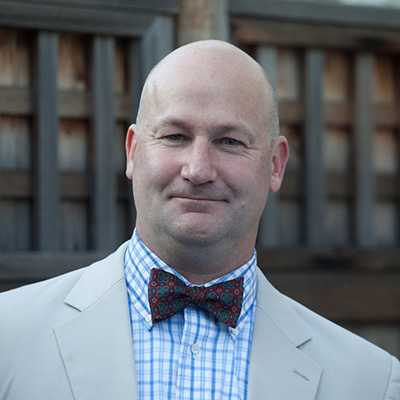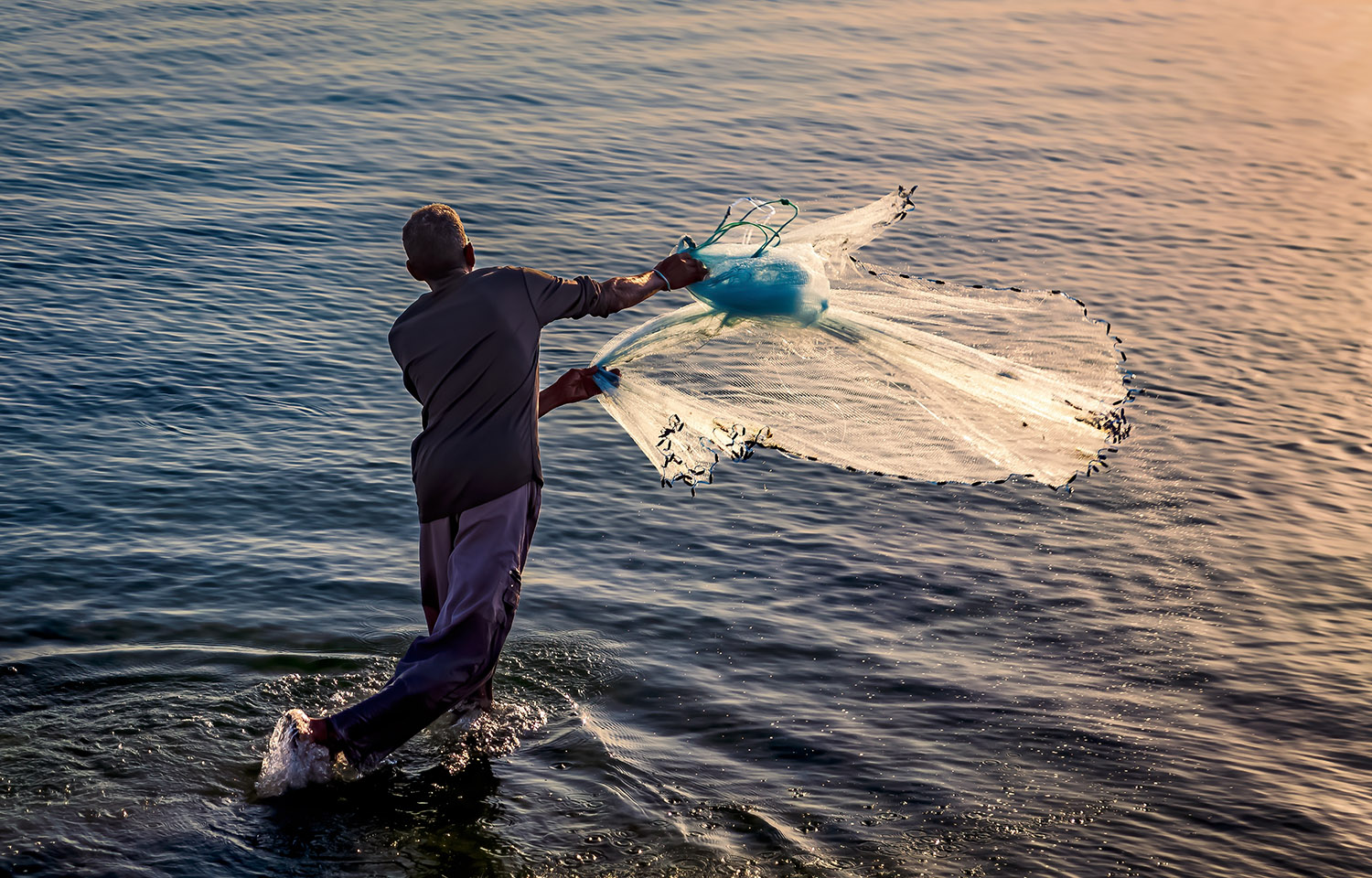Approximately 40 percent of seafood caught worldwide comes from small-scale fisheries. While there has been little growth in the total catch from wild-caught fisheries over the last 20 years – it hovers around 90 million metric tons annually – improving the management, stock health, and supply reliability from fisheries can help local communities, seafood supply chains, and international markets deliver high-quality seafood products to consumers.
Fishery improvement projects (FIPs) ensure that verifiable improvements are being made in fisheries, and by improving management and governance of fishery resources and supporting healthier, more productive ecosystems, supply-chain “investors” are rewarded with long-term, assured supply.
These interventions can also return significant benefits for fishers and fishing communities. From a food security perspective, 50 percent to 90 percent of the protein consumed in vulnerable coastal communities comes from fish caught by small-scale, artisanal fishers. Although the industry often focuses on the assured supply benefits FIPs offer the entire supply chain, they can also benefit communities by addressing fundamental challenges to delivering a sustainable product to market, including water treatment and reliable cold chain solutions.
SeafoodSource discussed the benefits and future trends for small-scale FIPs with industry leaders who have direct experience working with small-scale fisheries.
SeafoodSource: What does the seafood industry need to understand about engaging with small-scale fisheries? What are the challenges and opportunities present in these environments?
Luis Bourillon (Coordinator at Impacto Colectivo por la Pesca y Acuacultura Mexicanas): Perhaps the most important thing to learn and understand is the fragile nature of the activities involved and the importance of fishing for people’s livelihoods, food security, and culture in coastal communities.
The industry often sees only a seafood product and not all that is behind this product. There are great examples of small-scale fisheries that can be excellent partners with industry players who understand these characteristics and incorporate safeguards into the business model to support [fishers], not only by paying a fair price but [by] sharing the social responsibility that should come with these partnerships. Meaningful and productive collaboration for both sides can be built based on mutual respect and responsibility.
Sometimes, engagement of NGOs can provide support for the above topics, but NGOs also have private agendas; industry and small-scale fishers must understand this element. FIPs offer a clear framework and process to collaborate, and if the project is connected to markets interested in the improvement work, the opportunities to differentiate from other seafood products is enhanced.
SeafoodSource: What has your experience in Mexico taught you about how to engage fishers and connect supply to local and export markets?
Citlali Gómez-Lepe (President of COMEPESCA): First, we need to better understand the needs and incentives of the demand side of the market by talking to seafood-purchasing key actors, like chefs and distributors. To do this, we need the best data we can find and connect with experienced actors who trust our efforts to bring more sustainable, legal, and traceable seafood to them.
Second, we must find – by working together – potential avenues for seafood coming from small-scale fisheries engaged in improvement projects and committed to making the necessary adjustments to fit into market needs. There is a great need to create links and understanding among actors across the supply chain – since all are essential to achieve results – but [it is essential to] add value to each product – in quality, reliability of supply, sustainability, social responsibility, and other important elements – to create a different product.
Our movement, Pesca con Futuro, provides the framework to build connections and trust for working together. We must understand that we need one another to make progress.
SeafoodSource: How can seafood companies maximize their return on engagement in interventions like FIPs?
Adriana Sanchez (Founder of Seafood Ninja): Companies should actively engage in FIPs by contributing time, resources, and expertise.
This involvement helps ensure the effectiveness of each project and provides companies with opportunities to demonstrate their commitment to sustainable practices. This, in turn, helps build trust with consumers and other stakeholders, which creates additional sales opportunities for FIP products.
Communication is key. It’s not just about participating in a FIP but how companies communicate this engagement and the impact it has in communities that depend on this resource. We are no longer just selling dead fish; consumers want to connect with the people producing their seafood, and talking about FIPs is an opportunity to connect with consumers and educate them about the importance of responsible seafood choices, helping create a market demand for sustainably sourced seafood and providing companies with a competitive advantage in the market.
SeafoodSource: Is the strategy for foundations’ investments in small-scale fisheries evolving?
Daylin Muñoz Nuñez (Program Officer at the Walton Family Foundation): Small-scale fisheries provide sustainable and healthy food to millions. At the Walton Family Foundation, we believe those closest to the problem are closest to the solutions. That’s why we work with fishers and seafood buyers to find solutions that benefit people and nature. Demand for sustainable seafood can drive change across the supply chain and in the water.
When we started investing in improving smallscale fisheries, we thought buyers would flock to them as a reliable source of responsibly caught seafood, but many small-scale fisheries aren’t benefiting from this demand. Additionally, buyers miss out on responsible products all because fisheries lack connections to better markets.
Fishers and seafood companies must share the duty of protecting the oceans. Many U.S. seafood buyers are committed to buying sustainable seafood, but the benefits of the commitments rarely trickle down to the fishing communities. To take care of the oceans and fishing communities, more buyers need to support sustainable, small-scale fisheries.
In Mexico, the foundation works with partners like SmartFish and COMEPESCA to help seafood buyers connect with small-scale fishers. These partners highlight the value of high-quality and sustainable seafood produced by small-scale fishers, and together, they can help feed the world – now and in the future.
SeafoodSource: How can small-scale producers effectively use and apply certification standards?
Bill Hoenig (Director of Market Development in Latin America at the Global Seafood Alliance): For small producers, the value of certification programs is not the certification itself; in most cases, it is simply too expensive and time-consuming to go through the process. The worth then lies in the standards themselves; they provide a roadmap toward operational improvement and an opportunity to integrate into the supply chain.
The verification and assurance process will then need to be adapted and simplified toward an improved model that is amenable to the needs of the producer while delivering on visibility to the supply chain.








